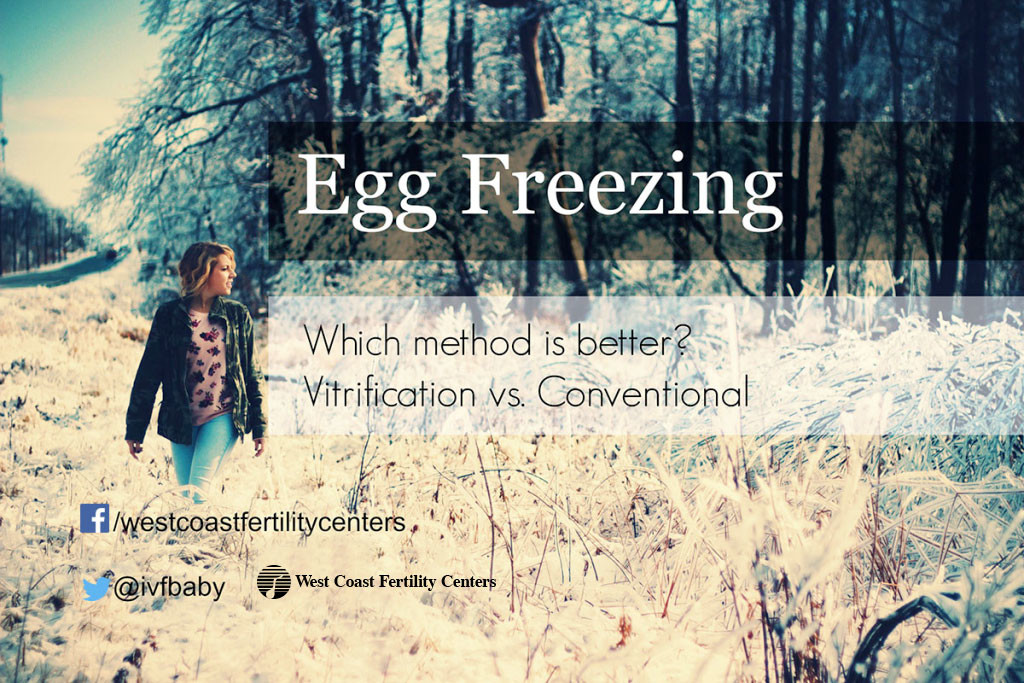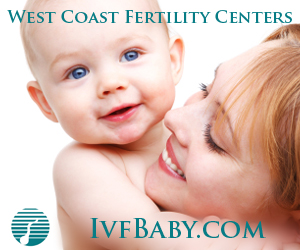
Electing to freeze your eggs is a big decision with a lot of factors to consider. The first that must be considered is whether or not you are a good candidate, followed closely by physical and financial factors. However, your research of egg freezing should not stop there. The process in which eggs are frozen should also be considered. Currently, there are two different methods used to freeze a woman’s eggs, each with pros and cons.
Are You a Good Candidate?
How do you know if you would be a good candidate for freezing your eggs? The best way to find out would be to schedule a consultation with a Reproductive Endocrinologist. However, if you are age 35 or under, or if you have been diagnosed with health issues that may contribute to future infertility (such as cancer or premature ovarian failure), you may be a good candidate.
If you’re lucky, you may have some level of insurance coverage. Especially as some large companies such as Facebook and Citibank have announced coverage for egg freezing services for their female employees. Many women across the country do not have insurance coverage for infertility treatments, and costs for egg freezing range anywhere from $10,000 – $15,000 for each cycle. This is in addition to the cost to store your eggs in specialized facilities, which can run up to $800 per year.
A Reproductive Endocrinologist will also be able to give you a good idea of what to expect physically. Freezing your eggs requires work on the woman’s behalf in terms of daily injections, blood tests, and monitoring. There is also the procedure to harvest your eggs, for which you would be sedated for.
After your eggs have been harvested, one of two methods will be used to freeze them. They are vitrification and the slow freeze, or LANDA method.
Vitrification
Using vitrification to freeze human eggs is relatively new. Through vitrification, eggs are exposed to a high concentration of cryoprotectants and they are plunged into a bath of liquid nitrogen, which freezes the eggs almost instantly. Vitrification is widely used across the country as the preferred method of freezing eggs, in large part due to the prevention of ice crystals it provides. Ice crystals post a big threat to eggs, which are comprised of a large amount of water. While tiny and beautiful to the naked eye, ice crystals can easily damage a fragile egg.
Vitrification has a 7.5% pregnancy per egg rate and requires six to seven eggs be thawed for each IVF attempt.
While it has proven to be an effective method, Vitrification does have its drawbacks. Vitrification requires precise timing and provides a very little margin for error. This is due to the high concentration of cryoprotectants and the flash freezing that go into the process. Allowing the eggs to remain in one stage just a hair too long (or not long enough) can be detrimental to the eggs.
| Pros of Vitrification | Cons of Vitrification |
|---|---|
| Removes risk of ice crystals forming | Requires very precise timing |
| 7.5 % pregnancy rate per egg | Exposure to high concentration of solutions |
| 6-7 eggs per thaw | Little margin for error |
Slow Freeze (LANDA) Method
The slow freeze or LANDA method was perfected by Dr. David Diaz at West Coast Fertility Centers. The slow freeze method also places eggs into a solution of cryoprotectants, but at a lower concentration. This allows the water within the egg to be gently drawn out, reducing the risk of shocking the egg. This slow transition positions this method as the more natural approach. Once frozen, the eggs are stored in specially designed, sealed straws, which reduces the risk of infection to the eggs.
The LANDA method has a 10% pregnancy per egg rate and requires only four eggs be thawed for each IVF attempt.
Like vitrification, the slow freeze method does have drawbacks as well. The LANDA method took a long time to perfect and is a proprietary method that requires a clinic to be licensed and trained in order to use the method. Given the high level of training required, it is more difficult to find fertility clinics that specifically offer the LANDA method for freezing eggs. If not done correctly, the risk of ice crystals increases, which is dangerous for the eggs.
| Pros of Slow Freezing | Cons of Slow Freezing |
|---|---|
| 10% pregnancy rate per egg | More difficult to replicate |
| 4 eggs needed per thaw | Risk of ice crystal formation |
| More “natural” approach | |
| Egg infection risk lowered through storage |
Done correctly, each of the methods outlined can provide women a good option for preserving their fertility. Determining which method is right for you is a personal decision that should be discussed with your Reproductive Endocrinologist.





